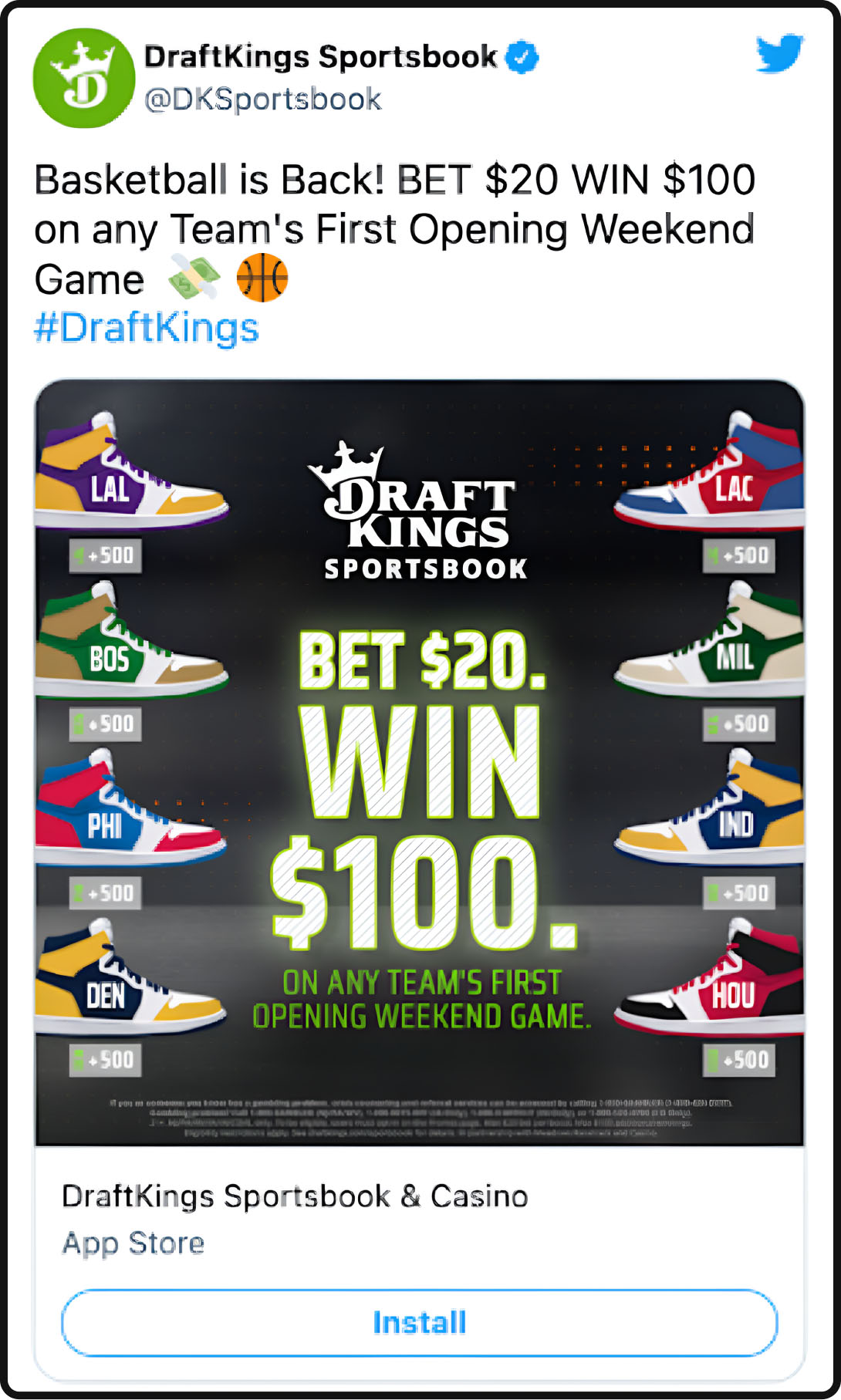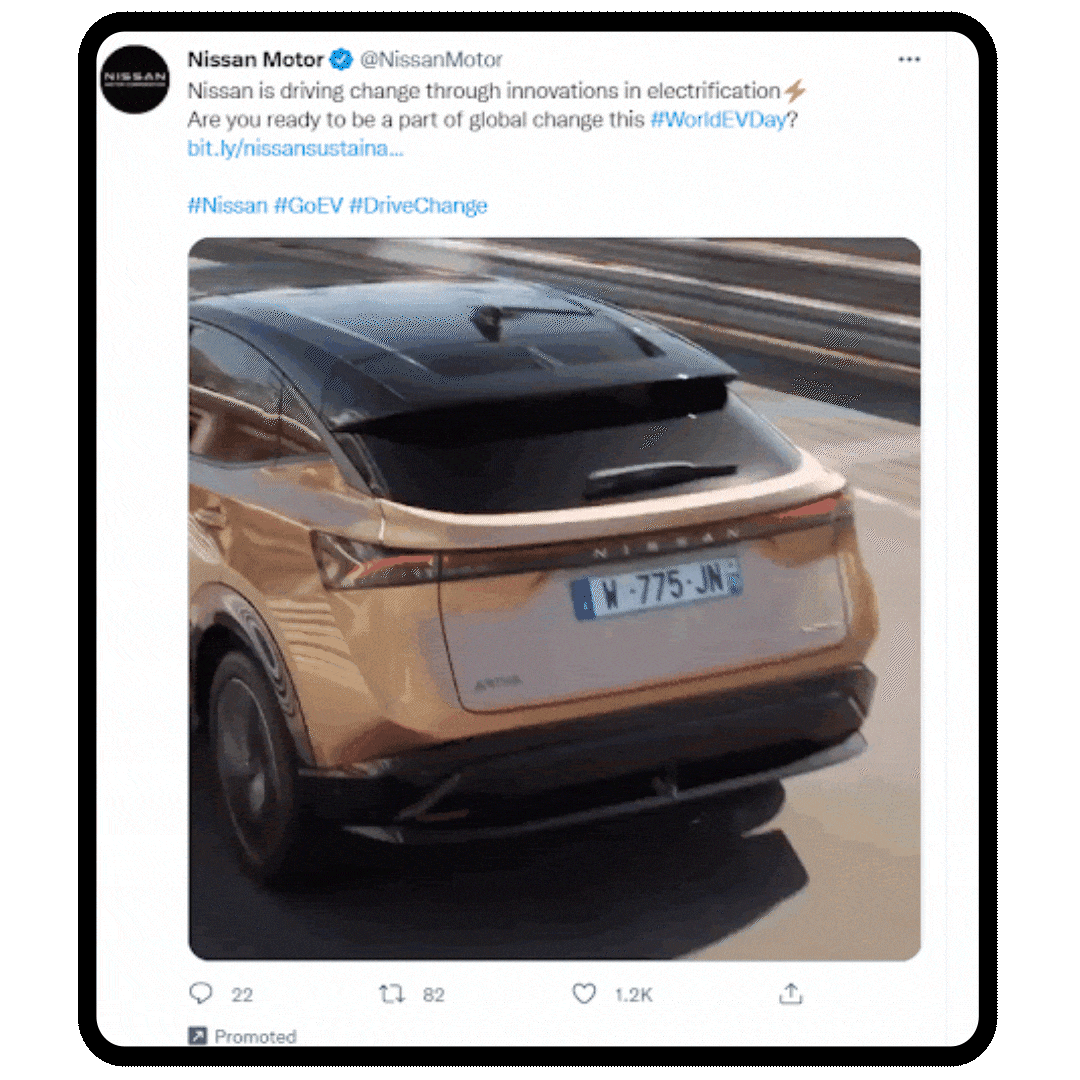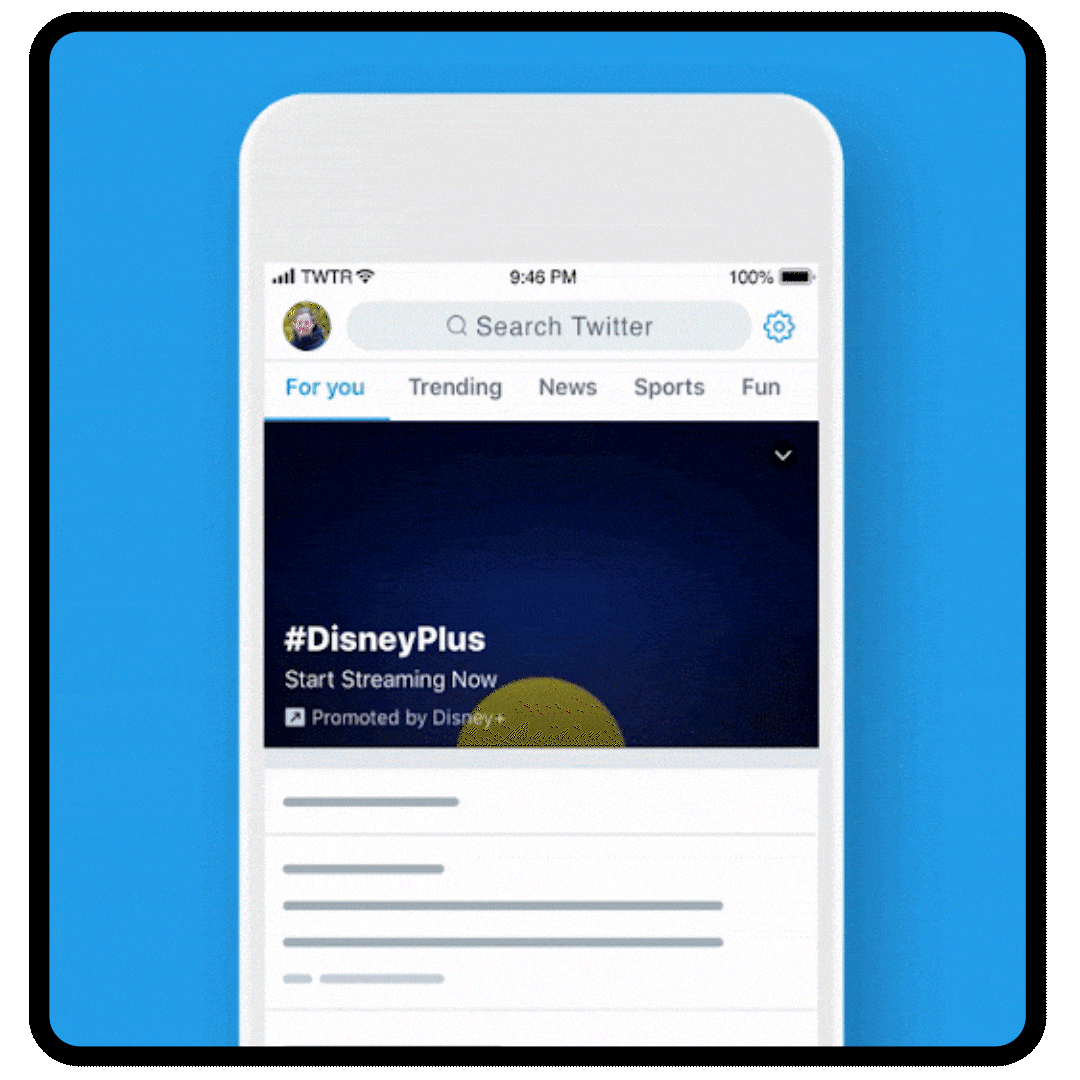If you’ve spent any time-consuming news in the past year, you’ve probably come across an article about Twitter, formally known as X. Whether it be Twitter’s executive chairman, Elon Musk, challenging Mark Zuckerberg to a cage match, or Twitter waving goodbye to the iconic blue bird, there has been no shortage of Twitter headlines in the media.
Beneath all of this drama, you may be asking yourself: “As an advertiser, should I advertise on Twitter”? The short answer is: yes.
But don’t worry, we won’t leave you hanging. That’s why we created the Complete Twitter Ads Guide with Best Practices for 2024, which will answer any questions you may have about advertising on Twitter, as well as provide a framework to get started on the platform, the right way.
Why advertise on Twitter?
Every journalist, marketing guru, and enthusiast alike lives on Twitter as it is the ultimate social media platform for user engagement and deep insights. People on Twitter are curious and want to stay informed about the best service offerings, the latest news, and the top findings — this is where brands should leverage Twitter. But before you start spending precious advertising dollars on Twitter, you’ll probably want to know what’s in it for you
- Real Time Content
Twitter serves as a centralized source for instantaneous, concurrent updates. Ever been on Twitter during the Super Bowl? Updates come faster from game attendees using Twitter than the announcers on your TV.
- It’s Economical
While the cost of advertising on Twitter will depend on a variety of factors like audience, ad quality, and your advertising goals, the average CPC on Twitter is generally cheaper than other platforms, and generally cheaper for social media platforms over Google or Bing, which are search engines. The only exception for paid social is LinkedIn, which is known to have generally high CPCs based on audience.
- Active, Not Inactive Users
One of the biggest challenges in paid media is to increase engagement with your content. Compared to other social media platforms, users spend 26% more time viewing ads on Twitter. The bottom line is that, on Twitter, users are not only active, but they are engaged.
- Targeting Capabilities
As an advertiser, you are constantly looking to define your audience. Identifying every attribute and behavior of your audience is crucial for getting your ads in front of the right users. Twitter provides advertisers with a wide range of targeting capabilities, such as:
- Conversation
- Movies & Television
- Device (iOS, Android, Desktop)
- Location
- Age
- Gender
- Follower look-alikes
Whether you’re new to advertising or a marketing veteran, the features of Twitter advertising provide a distinctive set of capabilities tailored to those looking to unlock accelerated company growth.
Twitter has made it clear that its platform is not only robust, but it is unique. The platform has a strong set of differentiators that set it apart from any other platform. But with this level of individuality comes a level of confusion around the technicalities of the platform.
There are a lot of nuances within Twitter’s platform, but as an advertiser, you are probably wondering how to create your first ad.
How Twitter Ads Work
Twitter does a great job naturally integrating ads into their organic content. Typically they are targeted so well that users think they are viewing content from an account they already follow. For example, fantasy sports app DraftKings found high-profile success in 2021 by hyper-targeting sports fans through Twitter ads based on interest and search intent. With the return of the NBA and NFL, DraftKings was able to tap directly into the budding sports conversations on Twitter and drive traffic directly to their app.

Here are the different types of Twitter ads to help grow your business:
Promoted Ads
Previously known as Promoted Tweets, Promoted Ads are the most familiar ad format for Twitter advertisers. They appear just like regular Tweets, and can be interacted with in the same way (replied to, liked, retweeted). The only difference is the small “promoted” label that appears in the lower left-hand corner. Promoted Ads provide a strong set of advantages to advertisers, ranging from placements across every corner of Twitter’s platform, to the frequency of ads that are shown to users (hint: Twitter regulates how often your ads are shown to users so the user doesn’t have a bad experience with your ads).
Take a look at this example from Nissan. Nissan utilized the robust capabilities of Twitter Promoted Ads, such as hashtags and videos, to create stellar visual content.

Follower Ads
Previously called Promoted Accounts, Follower Ads are a useful way for advertisers to get their brand in front of users who may not be familiar with their business offering. If you’re concerned with how established your brand is with your target audience, testing Follower Ads may be a great option for increasing brand awareness and engagement amongst your audience. Additionally, Twitter places Follower Ads in several locations across the platform, such as your timeline, the “Who to follow” section, and follower search results.
Creating a Follower Ad may be confusing, so we decided to create this step-by-step process on how to create your first Follower Campaign:

- Step 1: Log into your Twitter Ads account.
- Step 2: Create a campaign. This button will be located in the right corner of your Ads Manager.
- Step 3: Choose your campaign objective. If you’d like to create a Follower Ad, choose “Followers” from the selection of campaign objectives.
- Step 4: Navigate to the “Details” tab, and name your campaign, choose your funding source, and set campaign dates & budget.
- Step 5: Create your ad group. When creating your ad group, you may be wondering what the difference is between a campaign and an ad group. There are several differences between campaigns and ad groups, but at their core, campaigns provide the structural framework and strategic direction, while ad groups offer tactical control and detailed targeting through keywords and audiences within that framework.
- Step 6: Select your bid type. There are two options to select for your campaign’s bid type:-
- 1 Target Cost: You can choose a bid that you’d like to pay for each follow. Your followers campaign will optimize towards that cost, and acquire followers at or around it.
- 2 Automatic Bid: Your ads will be optimized to get the best results as possible at the lowest price.
- Step 7: Select the audience that you’d like your ads to show for. If you haven’t built your first audience yet, you can do so by:
- 1. Navigate to Audience Manager by selecting “Audiences” under the “tools” menu.
- 2. Click “Create audience”
- Step 8: Choose your ads.
- Step 9: Review and launch your campaign!
Trend Takeover
Trend Takeover Ads allow your brand to be positioned at the forefront of everything trending in the Explore tab. The Explore tab condenses the top trending topics in the moment into one tab, which allows Trend Takeover Ads to be a part of everything happening that’s interesting. Some noteworthy features of Trend Takeover Ads are:
- Immersive video creative
- 24-hour placement
- Exorbitant advertising cost (around $200,000 per day)
Take a look at this Trend Takeover example below:

Clearly, there’s no missing this ad from Disney Plus. Trend Takeover ads command the attention of all users who come across them, and generate a game-changing level of brand awareness in return.
Leveraging AI for Twitter Ads
In the past year, while the changes happening at Twitter have occupied a vast majority of the headlines in the media, there is one topic that consistently wins that #1 spot: AI.
AI has brought more change to our technological landscape in the past year than any other technological invention, even the Supercomputer. Tasks that took days, and sometimes even weeks to complete, are now available in seconds due to Generative AI. Generative AI impacts countless digital sectors, including advertising, which is seen through the evolution of advertising careers, content, and platforms.
While the swift changes that Generative AI has brought to the world may seem scary, AI can be used to your advantage when building out your advertising strategy. Here are some ways to incorporate AI into your everyday practice that we recommend:
1. Generating Creative Content
It’s tough to consistently come up with creative, original content pieces that are engaging to your audience. That’s what a Content Specialist is for! If you don’t have a Content Specialist handy, or if you’re a Content Specialist who’s just looking for new content ideas, AI tools like ChatGPT and Bard are two readily available tools that can provide a fresh, new take on your existing content strategy.
2. Campaign Optimization
Amongst AI’s many capabilities is its ability to optimize campaigns for you. AI can not only provide in-depth campaign insights by scraping your existing campaign data, but it can automate processes like bid adjustments or targeting based on performance data. Additionally, AI can provide suggestions to new advertisers who are unfamiliar with campaign optimization with basic techniques to use right from the start.
3. Hyper-Personalization
AI can tailor content to each user based on their interests and past behaviors, which can lead to higher engagement and conversion rates. Additionally, AI can conduct comprehensive competitor analyses and determine what ads resonate best with competitors whose audiences resemble yours.
4. Automated Bidding and Ad Placement
Managing your bids and placements on a daily basis can be a grueling, laborious task. Luckily for you, AI has the ability to automate the bidding process for ad spaces, and optimize your placements to ensure that your ads are placed at the best times and positions in-platform. Automating your Bids and Ad Placements will give you time back to spend on the tasks that AI isn’t capable of handling yet.
Twitter has quickly evolved from a popular communication medium to a way for brands to speak directly to their users in real-time. The social media giant makes it easier than ever for brands to identify and capture their ideal audience. The targeting and user relevance that Twitter provides businesses with is unrivaled. Stay ahead of the competition and speak with our Twitter experts to understand how to incorporate Twitter into your ultimate marketing strategy.





This blog is one of best solution for twitter ads.
This guide is incredibly informative and well-structured, offering clear steps to make the most of Twitter Ads.